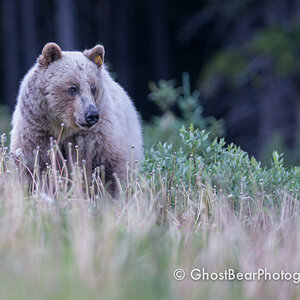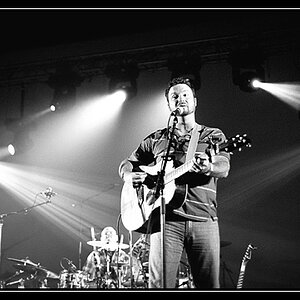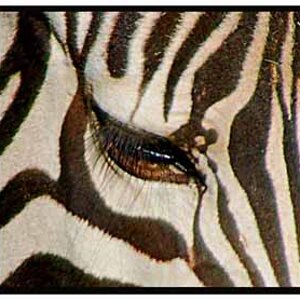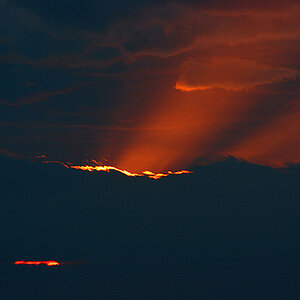Stephanie Cole
TPF Noob!
- Joined
- Oct 31, 2014
- Messages
- 19
- Reaction score
- 4
- Location
- North Carolina
- Can others edit my Photos
- Photos OK to edit
Hi! I have a Canon rebel T3i with the stock lens. I recently decided to switch from automatic focus to manual focus. The problem is everything is blurry!! I've tried moving the lens to get it to focus but still nothing. Do you think this is something to do with the aperture? Any suggestions would be appreciated!! I'm going to play around tonight and get some pictures of the kids trick or treating and let you know if I figure anything out.


 ) Compared to that, my 18-55 kit lens only turns about 70 or 80 degrees, which makes it completely useless for fine adjustment.
) Compared to that, my 18-55 kit lens only turns about 70 or 80 degrees, which makes it completely useless for fine adjustment. Using the meter scale as a rangefinder is news to me, though; that's not on any of the cameras I've owned.
Using the meter scale as a rangefinder is news to me, though; that's not on any of the cameras I've owned.





![[No title]](/data/xfmg/thumbnail/42/42060-f597479f8fd78d4bb4d17e7686fb0812.jpg?1619739996)




